Ensure Access to Clean Water in Crisis Situations
Introduction
“Water is the elixir of life,” a precious resource that sustains us and keeps us going. But in the face of emergencies, access to clean water can be a major challenge. Contaminated water can lead to a host of health problems, making it essential to have a plan for obtaining and purifying water in crisis situations.
Imagine being stranded in a remote area after a natural disaster, with no access to clean water. Thirst gnaws at you, but the only water available is from a murky stream or a stagnant pond. The thought of drinking it fills you with dread, but you know that without it, your chances of survival diminish.
This is why emergency water filtration is so crucial. It provides a way to transform potentially unsafe water into a life-sustaining resource, giving you peace of mind and a fighting chance in the face of adversity.
Types of Emergency Water Filtration Systems:
Pump-based filters are a reliable option for purifying water in emergencies. They use a hand-operated pump to force water through a filter element, removing contaminants. These filters are typically more effective than gravity-based filters and can handle higher flow rates. They are also more portable and can be used in situations where gravity is not available. However, pump-based filters require more effort to operate and may be more difficult to maintain.
CHOOSING THE RIGHT FILTER
When selecting an emergency water filter, there are several key factors to take into account:
- Water Source: Different filters are designed for specific water sources, such as clear water, murky water, or water with chemical contaminants. Determine the type of water you’re likely to encounter in an emergency. 💧
- Flow Rate: The flow rate measures how quickly the filter can produce clean water. Consider the number of people you need to provide water for and the time constraints you may face. ⌛
- Capacity: The capacity refers to the amount of water the filter can purify before needing to be replaced or cleaned. Choose a filter with a capacity that meets your estimated water needs. 📈
- Portability: If you need to move around or evacuate, consider the weight and size of the filter. 🎒
- Cost: Emergency water filters vary in price. Set a budget and research different options to find the best value for your needs. 💰
Using Emergency Water Filters
Step-by-Step Instructions
Gravity-Based Filters:
- Suspend the filter bag or container above a clean receptacle.
- Pour contaminated water into the filter.
- Gravity will pull the water through the filter media, removing impurities.
Pump-Based Filters:
- Connect the filter to a water source.
- Pump the water through the filter using the hand pump.
- The filtered water will flow into a clean container.
Chemical Treatment:
- Add the recommended amount of chemical treatment to the contaminated water.
- Stir the water thoroughly and allow it to sit for the specified time.
- The chemicals will kill or neutralize harmful microorganisms.
Boiling:
- Bring the contaminated water to a rolling boil for at least 1 minute.
- Boiling will kill all microorganisms, making the water safe to drink.
Troubleshooting Common Issues
- Slow Flow Rate: Check if the filter is clogged or if the water source is obstructed.
- Dirty Water Output: Replace the filter media or clean the filter according to the manufacturer’s instructions.
- Chemical Taste: Flush the filter with clean water before using it.
- Leaking Filter: Tighten the connections or replace the filter if necessary.
Maintaining Emergency Water Filters 💧
Maintaining your emergency water filters is crucial to ensure they’re ready when you need them most. Just like your car needs regular maintenance, so do your filters.
Cleaning and Disinfecting:
Imagine your filter as a clogged drain. Cleaning it is like unclogging it! Regularly clean your filter by backwashing it with clean water. For thorough disinfection, soak it in a bleach solution (1 teaspoon bleach per gallon of water) for 30 minutes.
Storing for Long-Term Use:
Think of your filters as precious gems! Store them in a cool, dry place, away from direct sunlight. Keep them in their original packaging or a sealed container to prevent damage. Just like a fine wine, they’ll stay good for years if stored properly!
Remember, a well-maintained filter is a reliable lifeline in an emergency. It’s like having a trusty sidekick ready to provide you with clean, refreshing water when the going gets tough! 💦
EMERGENCY WATER FILTRATION ON YOUTUBE
Water Sources in Emergencies 💧
In an emergency, finding clean water can be a life-or-death situation. Knowing where to look and how to treat water from different sources is crucial. 🌍
Safe Water Sources:
- Municipal Water Supply: If available, tap water is usually safe to drink.
- Rainwater: Collect rainwater in clean containers and boil or filter before drinking.
- Natural Springs and Wells: Spring water and well water can be safe, but test them before drinking.
Unsafe Water Sources:
- Standing Water: Avoid stagnant water, such as puddles or ponds.
- Water from Contaminated Areas: Don’t drink water near sewage or chemical spills.
- Salty Water: Ocean water or brackish water is not safe to drink.
Treating Water from Unsafe Sources:
Boiling: Boil water for at least 1 minute to kill most bacteria and viruses.
Filtration: Use an emergency water filter to remove contaminants.
Chemical Treatment: Add water purification tablets or drops to treat water.
Remember, it’s always better to be safe than sorry. If you’re unsure about the safety of water, don’t drink it.
Storing Emergency Water 💧💧💧
Guidelines for Safe Storage 🔒
In emergencies, having a reliable supply of clean water is crucial. Proper storage of emergency water ensures its safety and availability when needed. Here are some essential guidelines:
- Choose the right containers: Opt for food-grade containers made of BPA-free plastic or stainless steel. Avoid containers that have been used for chemicals or other substances.
- Clean and disinfect containers: Before filling containers, thoroughly wash and disinfect them with a bleach solution (1 teaspoon of household bleach per quart of water). Rinse well before filling.
- Fill containers completely: Fill containers to the brim to minimize air exposure and prevent contamination.
- Store in a cool, dark place: Keep containers in a cool, dark location away from direct sunlight and heat sources. This helps prevent algae growth and water degradation.
- Rotate your supply: Regularly rotate your water supply by using the oldest containers first. This prevents water from becoming stagnant and ensures freshness.
Emergency Water Filtration Kits 💧
In the face of emergencies, having access to clean water is paramount. Emergency water filtration kits provide a convenient solution, offering a comprehensive range of essentials for purifying water from various sources. These kits typically include:
- Filters: Gravity-based or pump-based filters to remove impurities and contaminants.
- Treatment Chemicals: Chlorine tablets or iodine to disinfect water.
- Collection Containers: Bottles or bags for collecting and storing water.
- Accessories: Straws, cups, and other tools for easy use.
These kits are designed to be portable and easy to use, making them ideal for individuals, families, or groups in emergency situations. By providing a reliable source of clean water, these kits can help prevent waterborne illnesses and ensure hydration during times of crisis.
Training and Education 🎓📚
Importance of Training ⛑️
“Knowledge is power,” and in an emergency, knowing how to filter water can mean the difference between life and death. Proper training can equip you with the skills to confidently use and maintain emergency water filters, ensuring access to clean water in any situation.
Resources for Learning 📖
Various resources are available to educate yourself about emergency water filtration. Consider attending workshops, reading books and articles, or exploring online courses. By investing in training, you empower yourself with the knowledge and confidence to handle water emergencies effectively.
Conclusion
Call to Action for Preparedness
In the face of unforeseen emergencies, access to clean water is paramount. Emergency water filtration is a crucial skill that empowers us to safeguard our health and well-being. By equipping ourselves with knowledge and tools, we can navigate water scarcity and ensure our survival.
Remember, “A stitch in time saves nine.” Preparing for emergencies is not a luxury but a necessity. Embrace the wisdom of this proverb and take proactive steps to ensure your access to clean water in times of crisis. Together, let’s create a world where every individual has the resilience to face any challenge.
MAKING WATER SAFE IN AN EMERGENCY | HEALTHY WATER | CDC
[PDF] MAKE WATER SAFE DURING AN EMERGENCY
WATER FILTRATION ABOUT
ALEXAPURE PRO WATER FILTRATION SYSTEM
BEST WATER FILTRATION PITCHER
DRINKING WATER FILTRATION SYSTEM
WATER FILTRATION BELOW ZERO

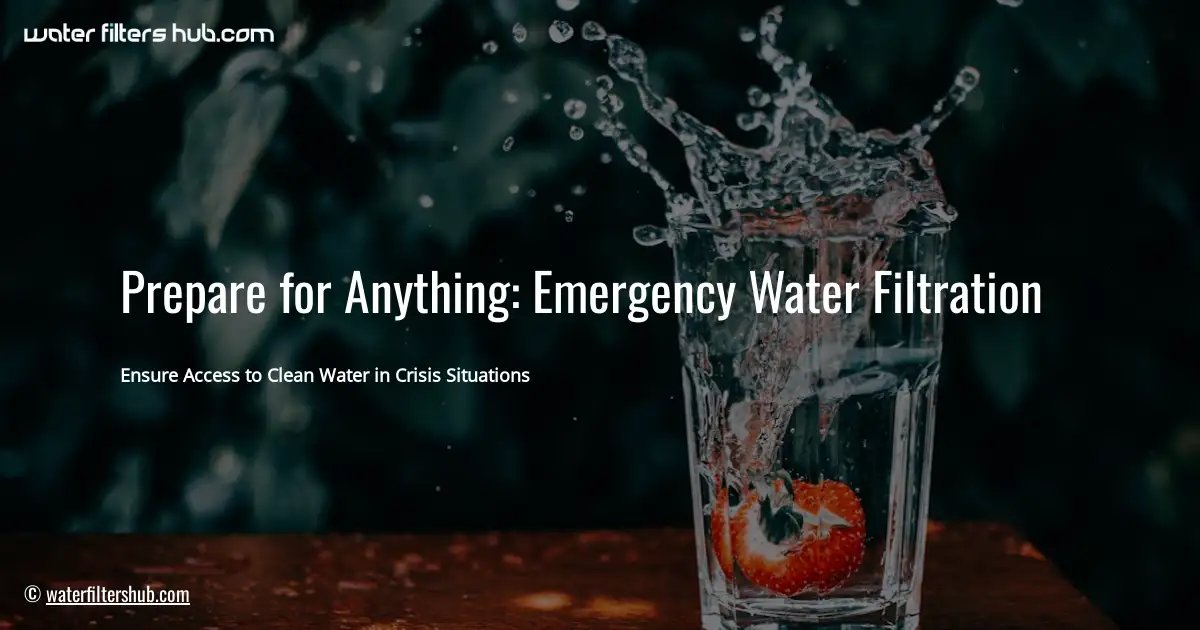
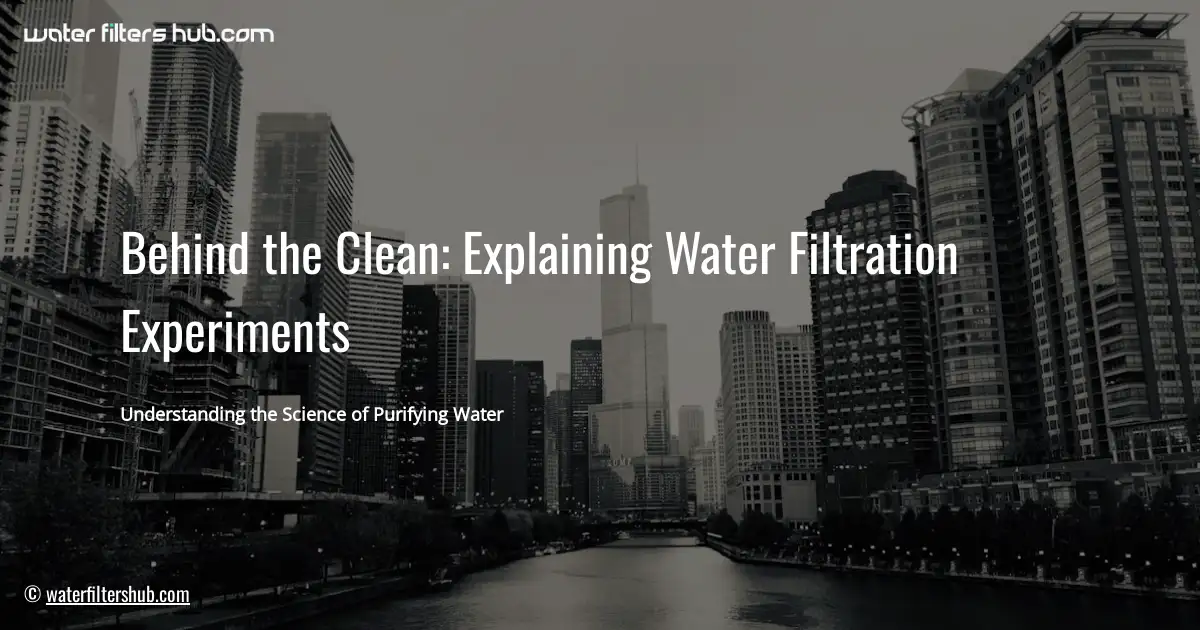
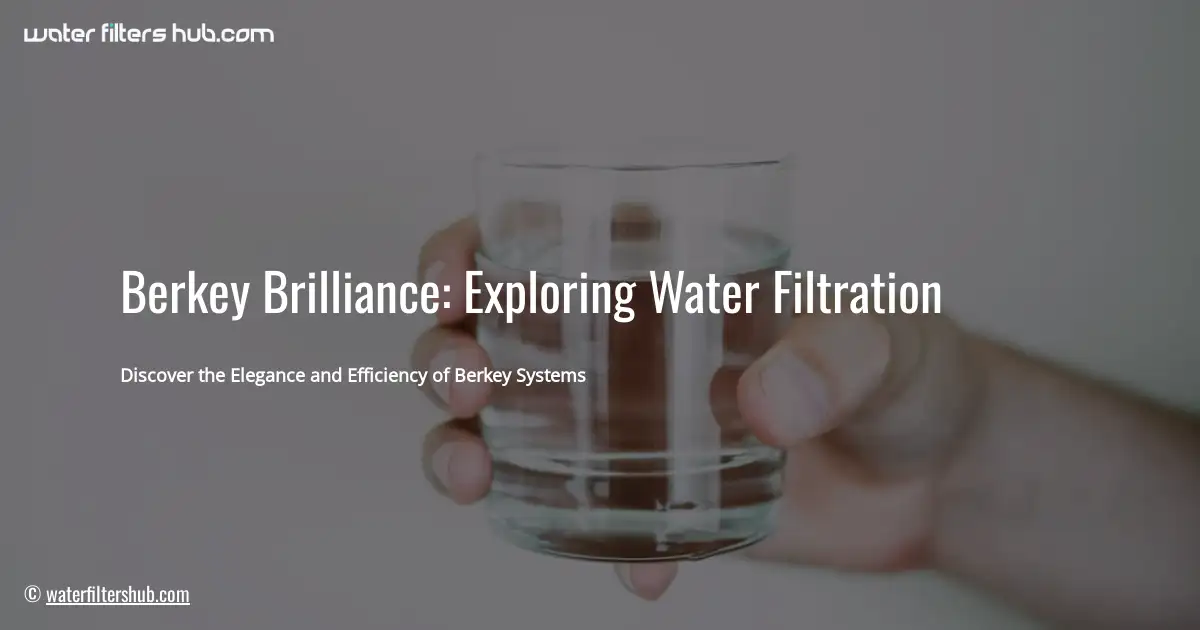
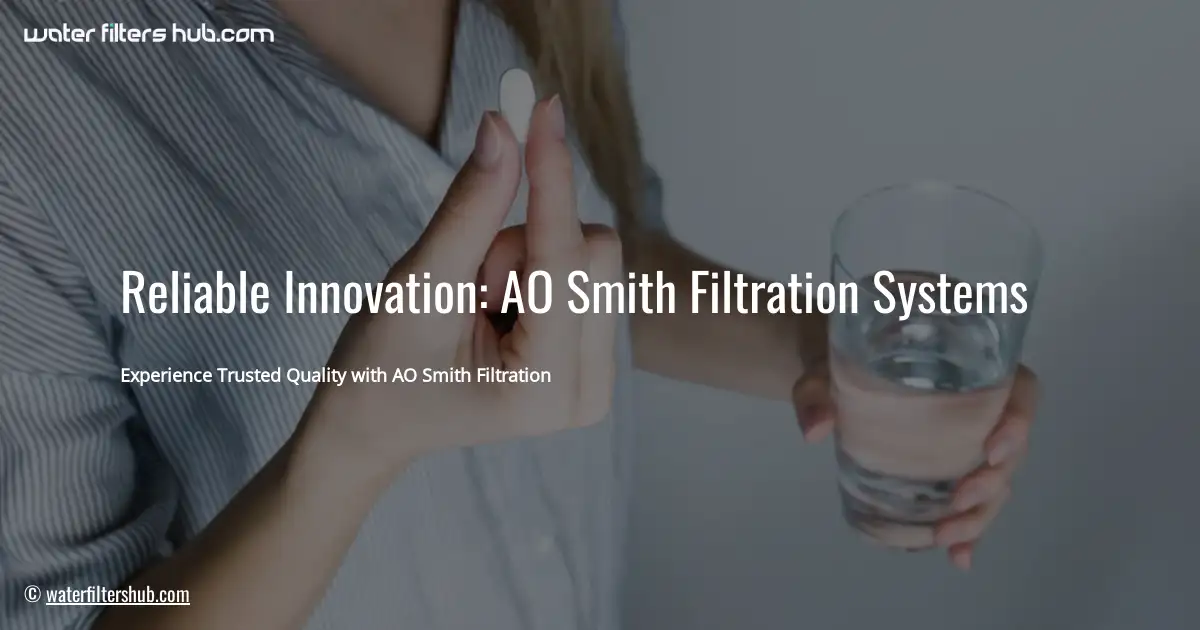

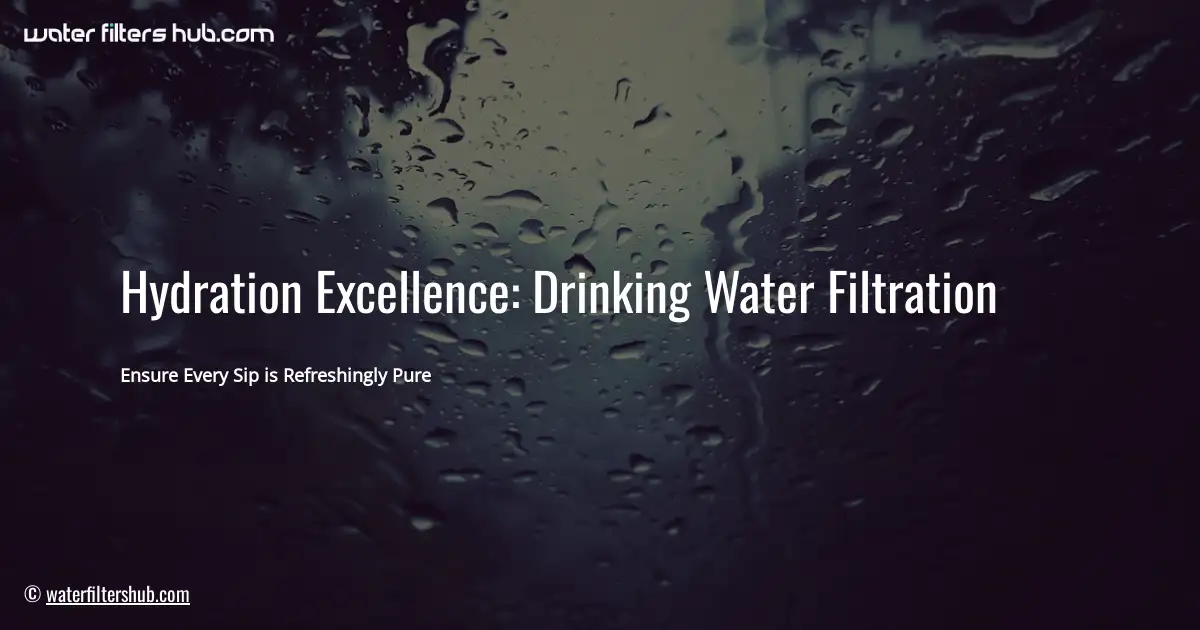
Leave a Reply